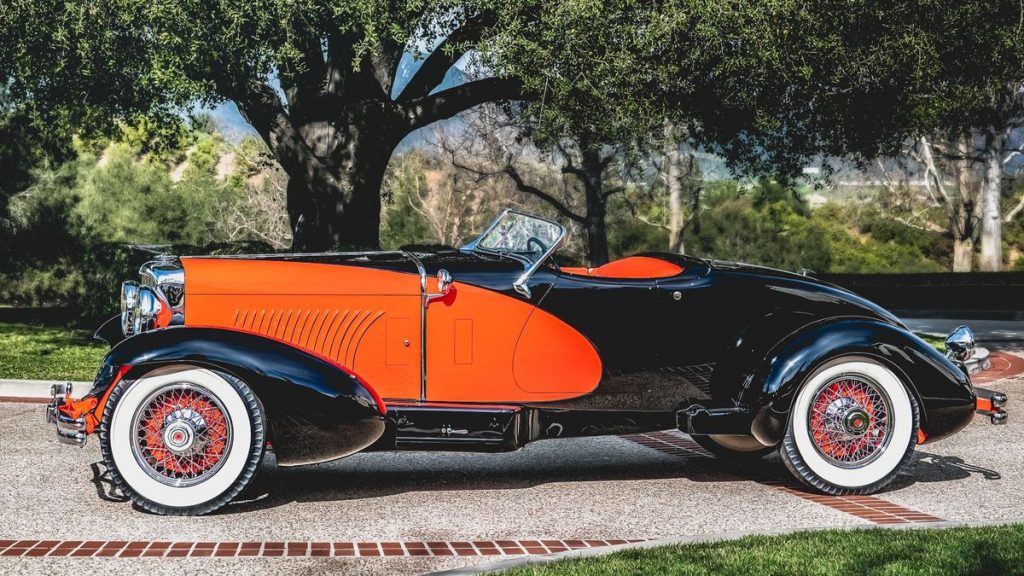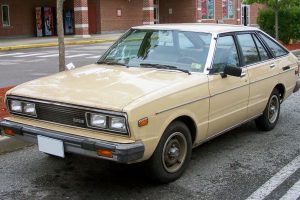The La Jolla Concours d’Elegance showcased a remarkable display of Duesenbergs last weekend, with a fierce competition among these classic American cars. The Southern California area boasts a significant number of these automotive gems, and their proud owners eagerly bring them to events like this, raising the level of competition.
However, there was one car that stood out to almost everyone present – the 1931 Duesenberg Model J Weymann “TaperTail” Speedster, owned by the William Lyon family. As the co-emcee of the concours and local television newsman, Dave Kunz, announced it as the Best in Show, the entire venue erupted in applause.
Describing the car, Dave Kunz said, “It’s pretty stunning in person,” while renowned author, historian, and museum curator Ken Gross expressed admiration when shown a photo of the car.
The Lyon Family Duesenberg Speedster is one of two speedster designs by Gordon Buehrig, commissioned by the Weymann coachbuilding firm of Indianapolis. Buehrig, who joined Duesenberg in 1929, was responsible for designing the iconic “J” model Duesenbergs, marking a new era of automotive design characterized by sleek and sweeping lines. The 1931 Speedster represents a pioneering example of this new aesthetic.
Built on the shorter of two Duesenberg chassis (#2450 in this case), Buehrig eliminated the running boards and step plates, creating a teardrop shape that he named the “taper tail.” The addition of a single-passenger rumble seat and the vibrant vermillion sweep panel completed the car’s jaunty and powerful sporting aesthetics, establishing it as a signature representation of the Duesenberg marque.

The 1931 Model J Weymann Taper Tail was not only visually striking but also a performance powerhouse of its time. Ed Justice Jr., president and CEO of Justice Brothers and co-emcee of the event, referred to Duesenbergs as “hot rods” due to their impressive performance capabilities. The Taper Tail’s unique design, featuring no running boards, door handles, or hinges, embodied the characteristics that would later define a “hot rod.” With the taper tail, it truly stood out in Duesenberg’s illustrious history. Considering the substantial display of Duesenbergs at the La Jolla Concours, winning the Best in Show title speaks volumes about its significance.
At the heart of the “TaperTail” was the legendary 6.9-liter straight-eight Duesenberg engine, equipped with a removable 4-valve head and an impressive 265 horsepower. This remarkable powerplant, built by Lycoming under the E.L. Cord empire, surpassed the performance metrics of most dynos at the time. The “J” model offered a range of innovative features, including a solid front and rear axle on a simple ladder frame with six cross members, ensuring stability and durability. An automated lubrication system further showcased Duesenberg’s engineering prowess, lubricating various parts of the chassis after specific mileage intervals.
The overall package of the 1931 Duesenberg Model J Weymann “TaperTail” Speedster lives up to the marketing slogan of the Model J itself: “The only car that could pass a Duesenberg is another Duesenberg, and that was with the first owner’s consent,” as Ed Justice Jr. eloquently summarized.

















Add Comment